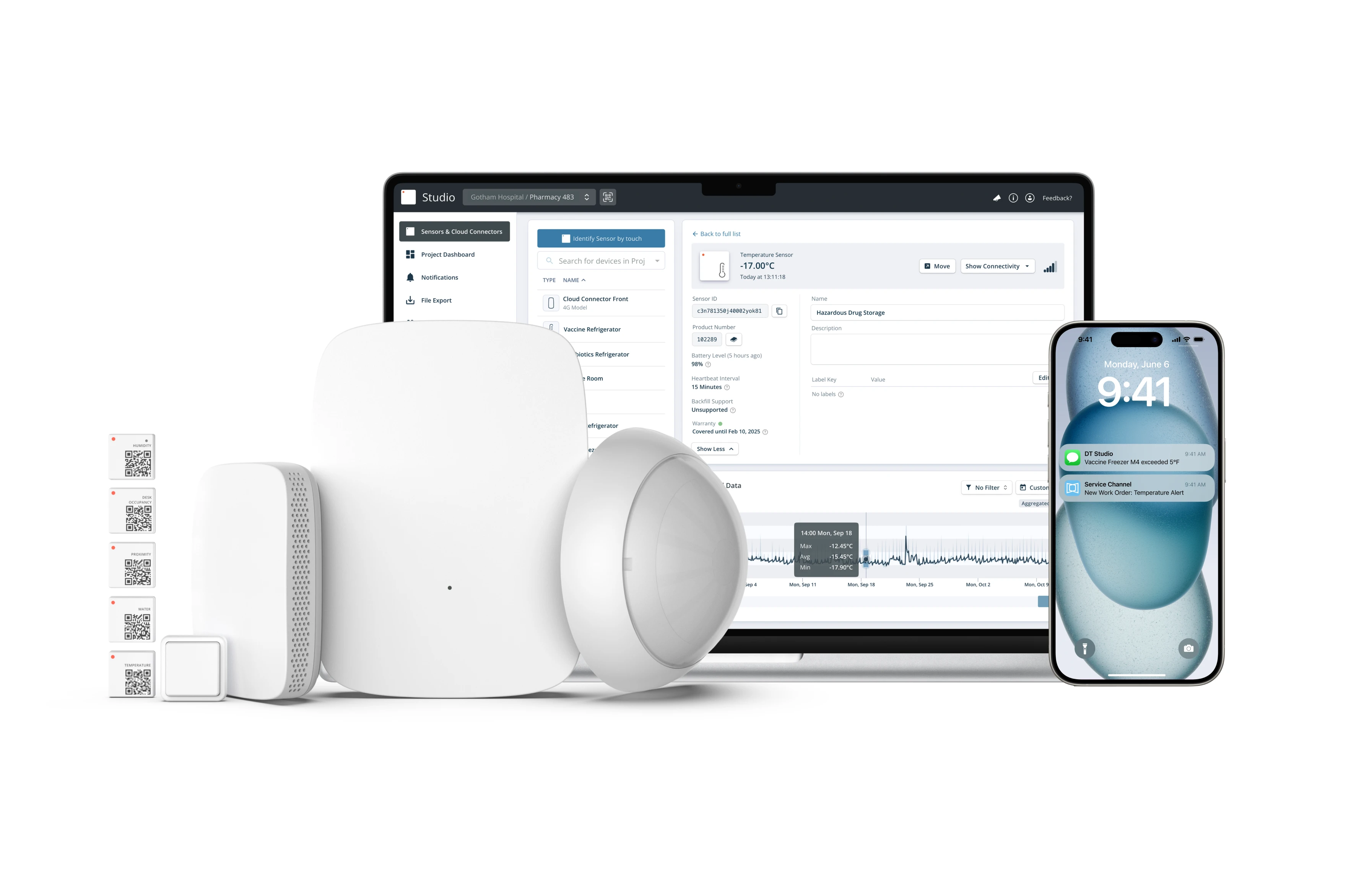How Sensor Technology Is Helping Design The Workspace of The Future

One of Norway’s leading oil and gas exploration and production companies is setting the benchmark in their industry when it comes to how they use technology in their daily operations. The company is at the forefront of leveraging advancements in technology to make the oil and gas industry safer and more sustainable.
As one of the pioneers of efficiency in their industry, they wanted to bring the same drive into their offices. Especially due to changes in working practices because of the pandemic, the company wanted to ensure their employees remained happy and productive and had the right space for their needs.
Thus, as the company is creating the future of offshore operations, it is also on a mission to create the workspace of the future for its employees. To that end, it’s getting help from Noova, DT Certified Partner and specialist in energy savings and office efficiency.
The Workspace of the Future Starts with Gathering Occupancy Data
The building blocks for the workspace of the future for our client consisted of:
- The creation of more social zones and co-working spaces for employees
- Allowing management and employees to have a real-time overview of which desks and rooms were occupied
- Optimizing cleaning efforts to align with occupancy
First, they needed to gain insight into how employees were using their office spaces, i.e. gather occupancy data.
Real-time, accurate information about how space is currently being used could then be the basis of determining how much space was needed for new social zones, and how that space should be designed and arranged. The same occupancy data could then be used to optimize the offices’ cleaning schedules to align with actual occupancy and also allow employees to book desks and meeting rooms remotely.
Occupancy Data Was Gathered Through World-Class Sensor Technology
Temperature sensors from Disruptive Technologies were stuck underneath 230 employee desks and more than 20 conference rooms in two offices and one operation center.
Due to the nature of data-gathering (temperature sensors can detect slight changes in temperature when an employee sits down on a chair) and their tiny size, the sensors were non-intrusive for employees.
The occupancy data collected from these sensors were gathered by Noova’s Logic Facility solution and visualized in the form of a digital office map. The map is shown on screens placed around the office and gives employees a remote birds-eye view into whether desks and conference rooms are occupied.

Sensor Technology Improved Employee Experience
Almost immediately after implementing the sensor solution, the company began to see its office space in a whole new light. The client moved away from personal desks towards an office design with more flexible workspaces, which were redesigned to align with actual office usage.
The DT & Noova solution also helped the client optimize their cleaning efforts based on office occupancy, and the digital office map improved the employee experience, especially given work from home and hybrid work practices.
The digital map of the office space will form the basis for a personalized employee Noova app for the client, which will allow employees to book desks and rooms remotely through their phones.
What's Next?
This sensor installation is only the starting point in creating the workspace of the future. The full scope of the project will include additional insights into our client’s climate footprint, home office vs. office space usage, and employee travel time.
All these efforts are predicted to further increase overall employee productivity and satisfaction, and solidify our client as a pioneer in the use of technology in their offices, just like in their offshore operations.

Complete Guide to Understanding Workplace Occupancy
Get Started





